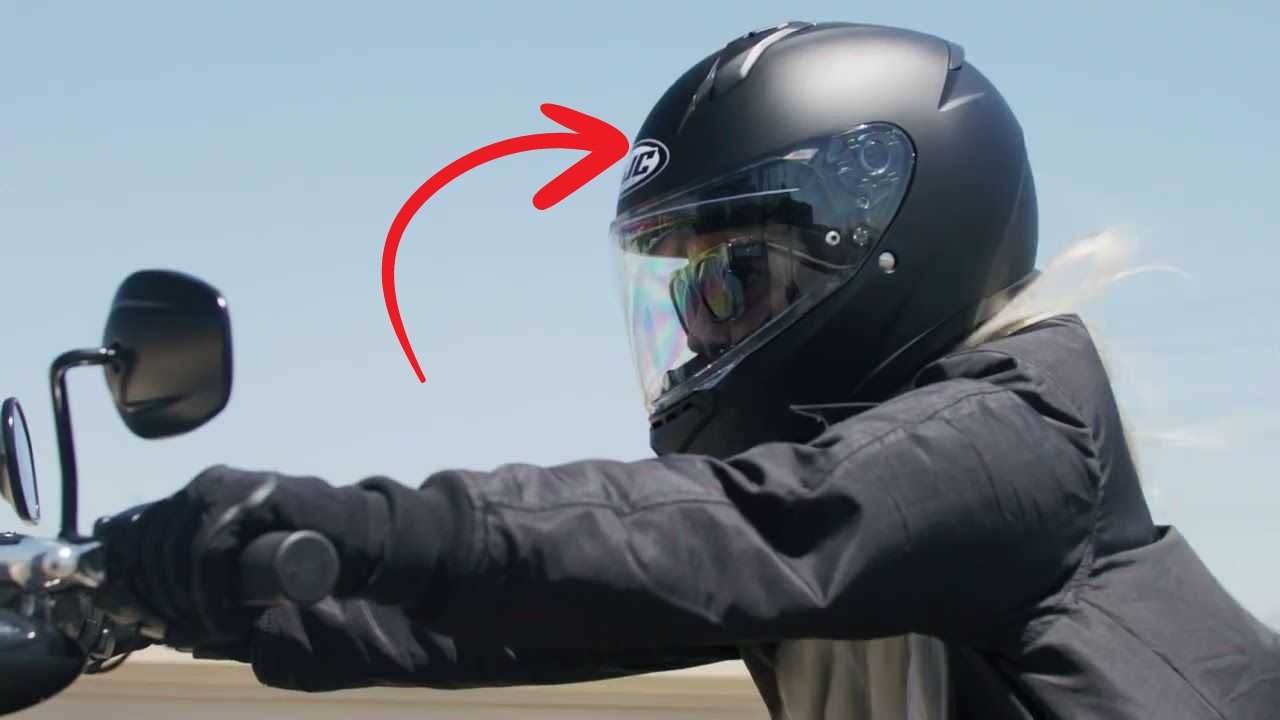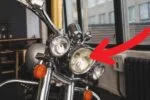Riding a motorcycle is more than just a way to commute—it’s a thrilling experience that offers freedom, speed, and a deep connection with the road. But as much as the ride can be exhilarating, it also comes with its share of risks. Among all the safety gear you’ll ever invest in, a good helmet stands out as the most critical. Picking the right helmet isn’t just about style; it’s about safety, comfort, and performance. This guide breaks down everything beginners need to know about motorcycle helmets to help you ride smart and safe.
Contents
Why Helmets Matter: The Basics
Motorcycle helmets are designed with one primary goal—protecting your head during impact. A high-quality helmet can mean the difference between walking away from an accident and suffering a life-altering injury. Helmets typically consist of:
- Outer shell: A hard surface that disperses impact force and resists penetration.
- Impact-absorbing liner: Usually made from EPS foam, this layer cushions the head during a crash.
- Comfort padding: Ensures a snug, comfortable fit while also wicking away sweat.
- Chin strap: Keeps the helmet securely in place during movement or impact.
Understanding how these elements work together helps you appreciate why investing in the right helmet is non-negotiable for any rider.
Match Your Helmet to Your Riding Style
Every rider is different, and so are their helmet needs. Your choice should align with how and where you ride.
1. Full-Face Helmets
These helmets provide the most comprehensive protection by covering the entire head, including the chin. They’re ideal for sportbike riders or anyone who frequently rides at high speeds. Full-face helmets are aerodynamically designed and offer superior noise reduction, safety, and weather protection.
2. Open-Face Helmets
Also known as ¾ helmets, these cover the top, sides, and back of your head but leave your face exposed. They are favored by cruiser and scooter riders for their better airflow and visibility. However, they offer less protection to the face and chin.
3. Modular Helmets
These hybrid helmets feature a flip-up chin bar, offering the best of both full-face and open-face styles. Modular helmets are a popular choice for touring and adventure riders who want the flexibility to switch between modes on long journeys.
4. Off-Road Helmets
Designed for dirt bikers and motocross enthusiasts, these helmets have an extended chin bar and visor. They’re built for rugged terrain, offering extra ventilation and space for goggles. They’re not ideal for street use due to their reduced soundproofing and minimal face coverage.
How to Find the Perfect Fit
A helmet that fits poorly can compromise safety and become uncomfortable on longer rides. Here’s how to get the fit just right:
Step 1: Measure Your Head
Use a soft measuring tape to find the circumference of your head, wrapping it just above your eyebrows and around the back of your head. This will help you determine your helmet size using the manufacturer’s size chart.
Step 2: Try It On
Don’t just go by numbers. Always try the helmet on. Different brands may fit differently due to variations in shell shape and padding.
Step 3: Check Comfort and Pressure Points
A well-fitting helmet should feel snug all around without painful pressure spots. The cheek pads should lightly press your cheeks, and the crown should feel evenly cushioned.
Step 4: Shake Test
With the helmet on and chin strap secured, move your head side to side and up and down. A good helmet stays in place with minimal movement.
Step 5: Wear It for a While
If possible, keep the helmet on for about 10–15 minutes to test for comfort over time. Discomfort often builds gradually.
Additional Features to Consider
Beyond the type and fit, here are some helpful features to look for when buying a helmet:
- Visor Quality: Choose visors with anti-scratch, anti-fog coatings. Some even come with UV protection. A quick-release visor mechanism is also useful for fast swaps.
- Ventilation: Good airflow is essential to prevent sweating and fogging, especially in hot climates.
- Weight: Lighter helmets made of materials like carbon fiber or fiberglass reduce neck fatigue on long rides.
- Noise Reduction: Advanced padding and aerodynamic design can significantly cut wind noise, improving ride comfort.
- Bluetooth Compatibility: Many modern helmets come with built-in speaker pockets or even integrated Bluetooth systems.
- Safety Certifications: Always check for certification marks like DOT (U.S.), ECE (Europe), or ISI (India). These indicate that the helmet meets established safety standards.
Helmet Maintenance Tips
Even the best helmet won’t last forever. Here are a few maintenance habits to keep your helmet in good shape:
- Clean the visor regularly with a soft cloth and mild soap.
- Avoid dropping your helmet as impacts can compromise the protective foam inside.
- Store it in a cool, dry place away from sunlight and fuel vapors.
- Replace your helmet every 3–5 years, or immediately after a major impact.
Conclusion
Choosing the right motorcycle helmet is one of the most important decisions you’ll make as a rider. It’s not just about style—it’s about staying alive, avoiding injuries, and enjoying your ride with peace of mind. Take your time, try different models, and consult knowledgeable staff at reputable motorcycle gear shops. A well-chosen helmet isn’t an expense—it’s an investment in your life.
As you gear up for your next ride, make sure your helmet fits like a glove, meets top safety standards, and aligns with your riding style. Ride safe, ride smart, and enjoy every mile of the journey!
Frequently Asked Questions (FAQs)
Q1: How do I know if a helmet is the right size for me?
A: Measure the circumference of your head just above your eyebrows and use that number to match a size chart. Try the helmet on—it should fit snugly without pressure points and shouldn’t move when you shake your head.
Q2: What is the difference between DOT and ECE certifications?
A: DOT is the U.S. Department of Transportation standard, while ECE is used in Europe. Both ensure the helmet has passed safety tests, but ECE tends to involve more rigorous lab and real-world impact testing.
Q3: How long does a motorcycle helmet last?
A: Most manufacturers recommend replacing your helmet every 3 to 5 years, depending on usage. Helmets involved in a crash or showing signs of damage should be replaced immediately.
Q4: Are expensive helmets really worth it?
A: Yes. Higher-end helmets usually offer better materials, superior comfort, enhanced safety features, and quieter performance. You’re paying for quality, which directly impacts your safety and riding experience.
Q5: Can I use a second-hand helmet?
A: It’s not recommended. You can’t be certain of its crash history or whether the inner shell is compromised. Always buy a new helmet to ensure full protection.
Q6: Is it okay to wear headphones or earphones under a helmet?
A: While some riders use in-helmet Bluetooth systems or earbuds, ensure they don’t interfere with your hearing or helmet fit. Always prioritize safety and situational awareness.




